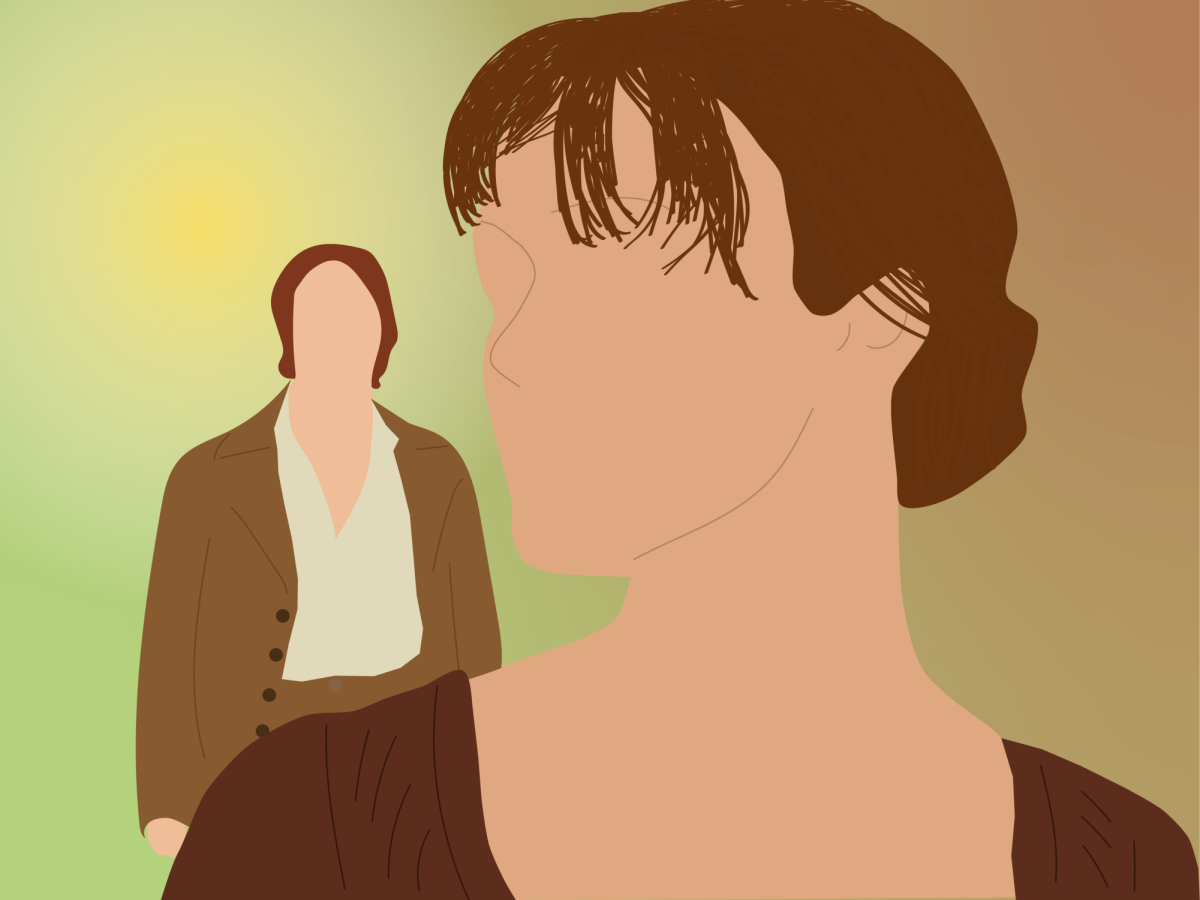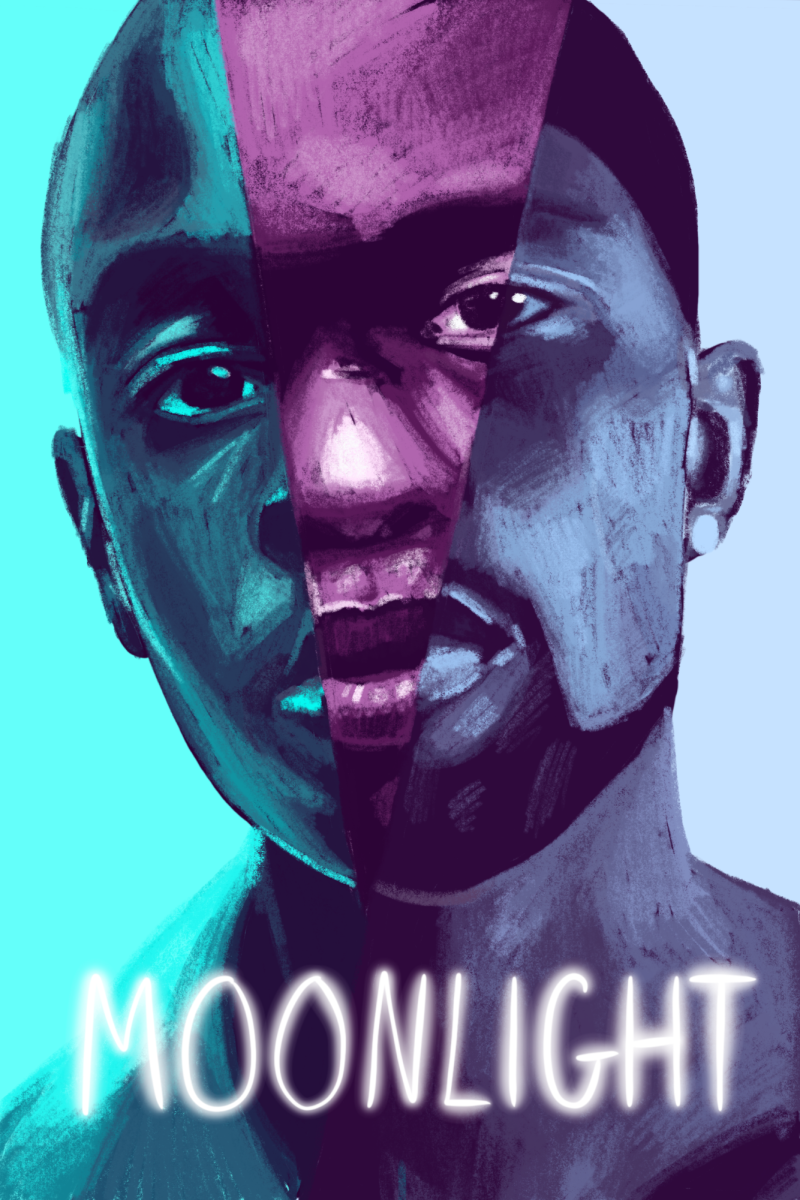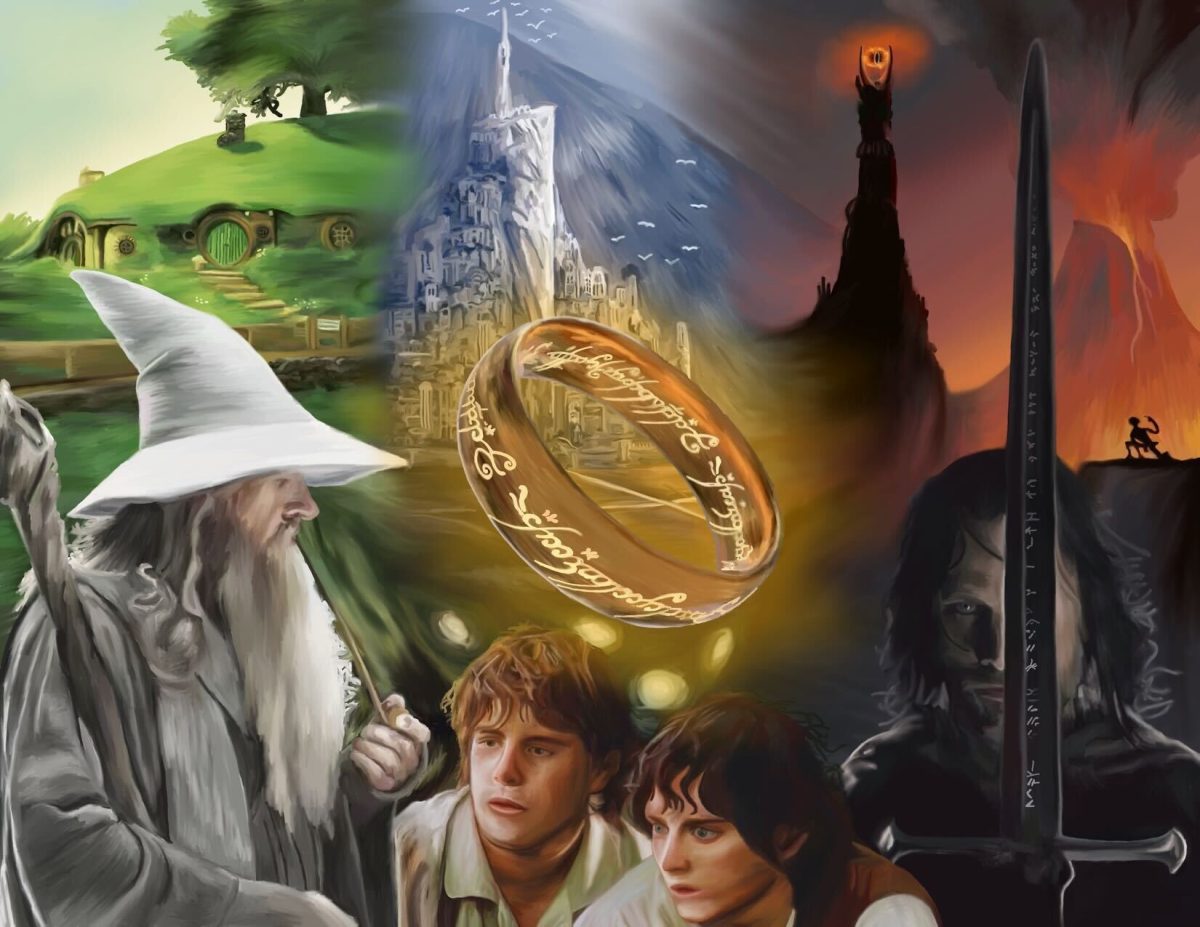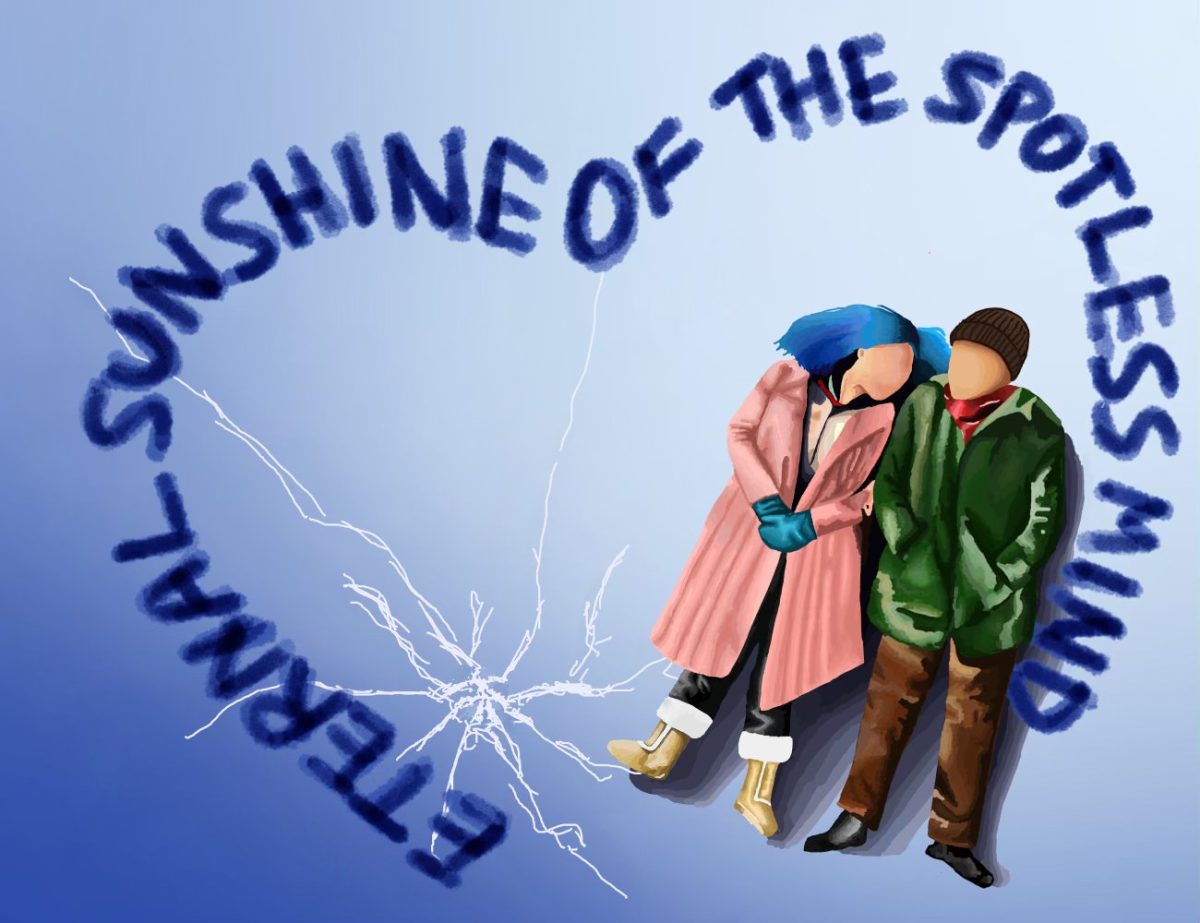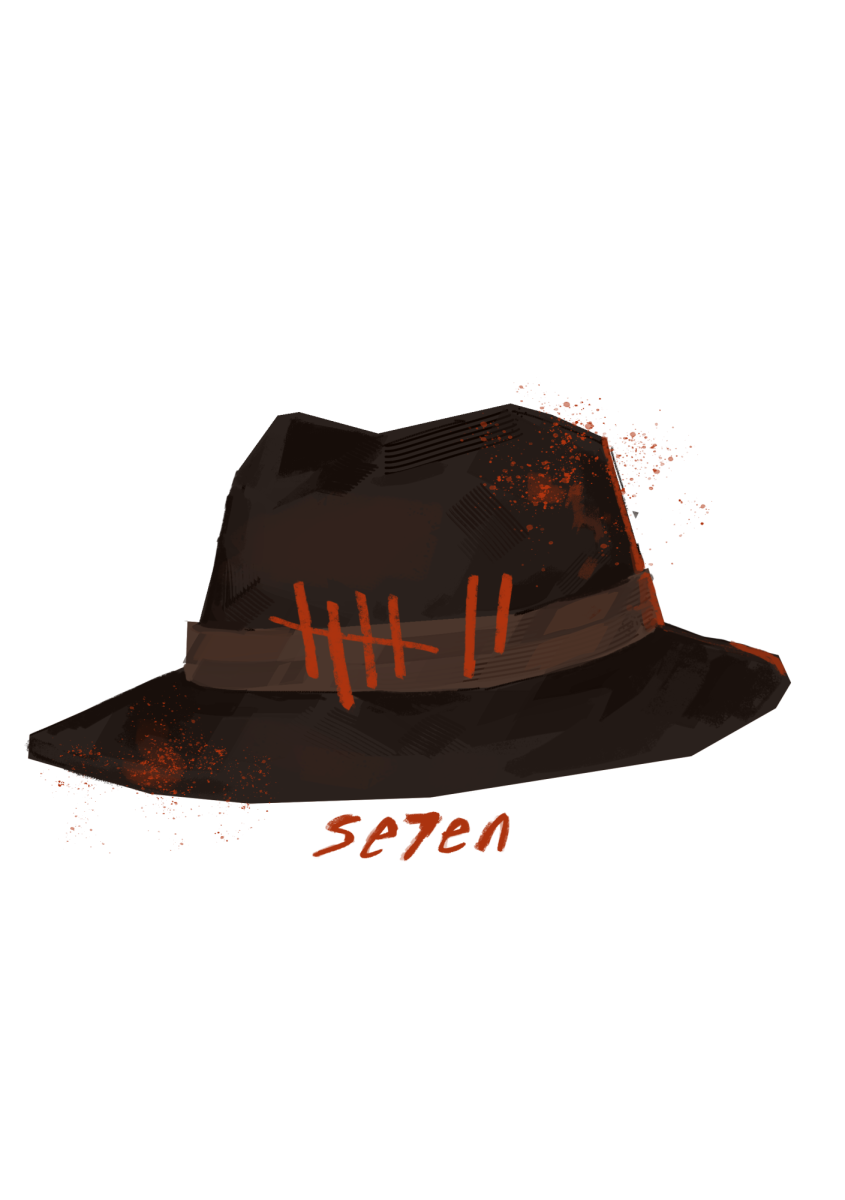This article is part of the “Retro Review” series. Each month, four films — united by a singular theme — are assessed. The theme for April 2024 is “literature adaptations.”
Simple and sublime, Joe Wright’s 2005 adaptation of Jane Austen’s 1813 novel “Pride and Prejudice” is everything one could want in a romance film.
From the jump, the film’s aesthetic and feel are immediately set with the title card, showing the sun rising and mist rolling over dewy grass. Gorgeous. It’s not just a beautiful shot to introduce the story world, either … circling back to that later.
Now for the story itself. “Pride and Prejudice” focuses on Elizabeth Bennet (Keira Knightley), a young woman living in the English countryside with her family. With societal and familial pressures to marry surrounding her, everything changes when she meets Mr. Darcy (Matthew Macfadyen), a rich, reserved and, at first, quite rude man.
It’s a classic enemies-to-lovers story, but it is played out to near perfection, partly due to wonderful performances from the cast.
Macfadyen and Knightley are spectacular in the two main roles. Macfadyen may be more famous nowadays for his role as Tom Wambsgans in the hit show “Succession” — a big pivot in character — but this performance is just as good and shows the actor’s underrated range. Knightley is equally wonderful as Elizabeth and gives a great performance that’s mixed with comedy, emotion, frustration and more.
Other standouts are Rosamund Pike as Jane Bennet, Elizabeth’s oldest sister, as well as Tom Hollander as Mr. Collins, a man desperately trying to marry into the Bennet family. Hollander might truly be one of the most underrated actors in the industry. Mr. Collins in “Pride and Prejudice” is certainly quirky, and some of his scenes are so awkward it’s painful to watch.
There’s nothing disappointing on the technical side of this film, either. The score, composed by Dario Marianelli, is elegant and straightforward. It doesn’t take any crazy leaps and sticks to music that generally fits the time period in which this film is set. Nonetheless, the sweeping piano and classical instruments add a lot to every scene and certainly do not go unnoticed.
The cinematography also can’t be forgotten. Roman Osin does unbelievable work in depicting the beautiful scenery of the English countryside. The most memorable visuals come with the first shot and one of the final shots of the film.
Readers, thanks for being patient.
As stated before, the opening shot of the misty grass as the sun rises is gorgeous, but it’s even better that the film circles back to it in the end. Mr. Darcy and Elizabeth meet in what looks like a similar place to that first shot for the movie’s most climactic scene. Even if the rest of the cinematography wasn’t incredibly subpar (which isn’t the case at all), it would all be made up for by these two wonderful shots.
Plain and simple, what isn’t there to like about this film? It’s extremely patient and doesn’t rush into romance between the main characters, instead focusing on building up the backstories and the relationship between them, which makes the often-used enemies-to-lovers plot arc work extremely well. To anyone who hasn’t seen it, set aside some time and go give it a watch. There’s a reason it’s adored by so many.
And the awards for the best and worst films adapted from literature recapped in “Retro Reviews” go to …
Best of the month: “Little Women” (Gillian Armstrong, 1994) — an unbelievable and underrated film that deserves more attention than it gets.
Worst of the month: “The Great Gatsby” (Baz Luhrmann, 2013) — not a bad film, but it’s just a bit all over the place.


